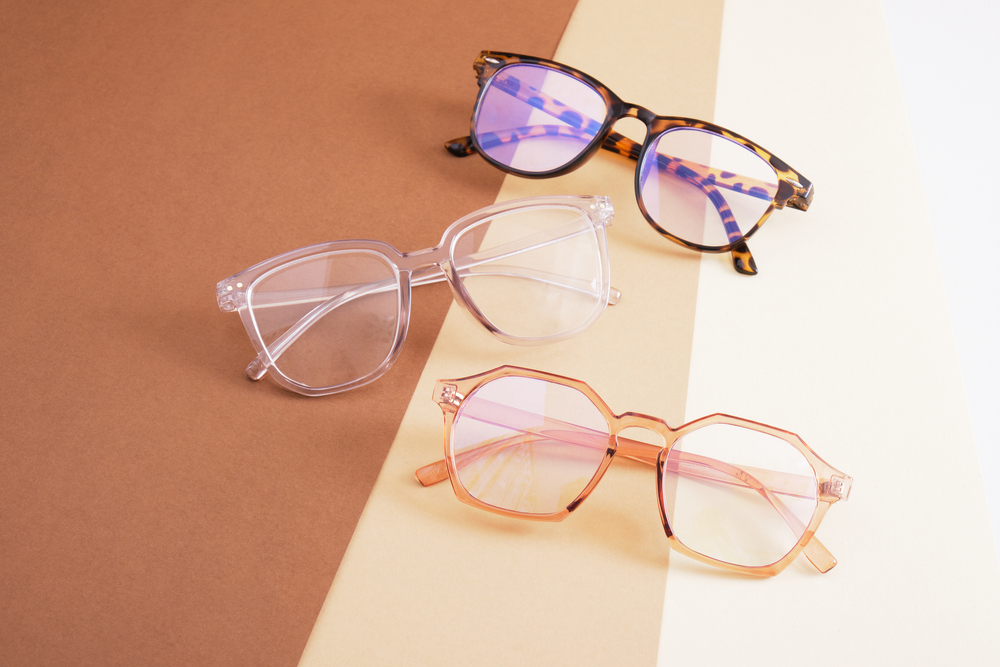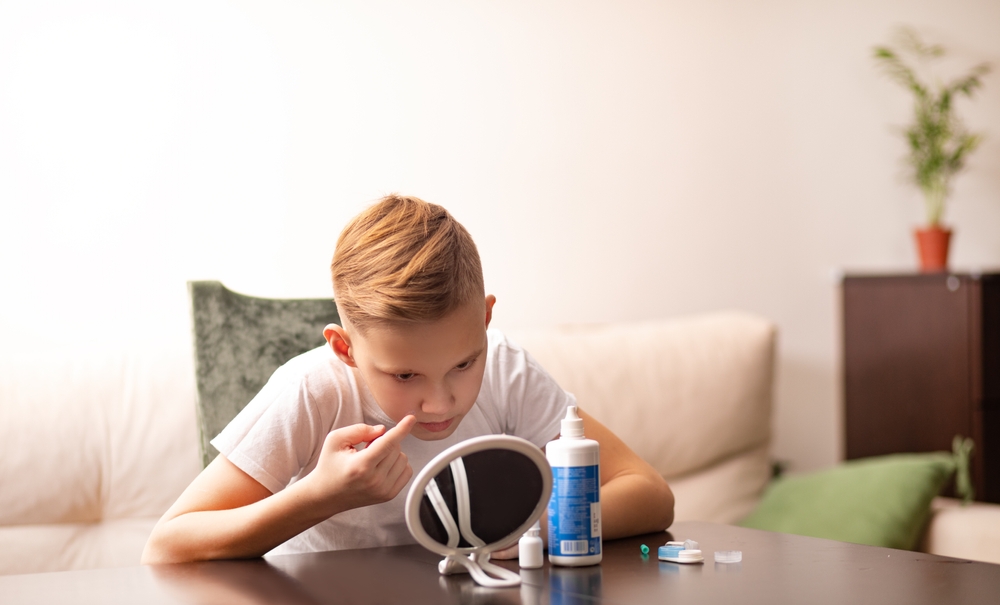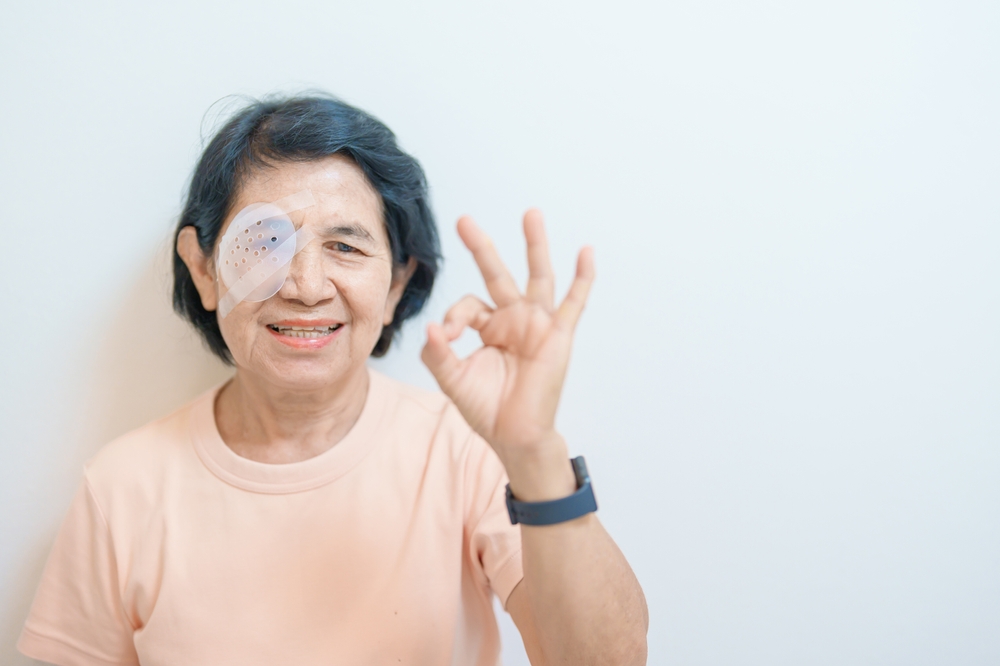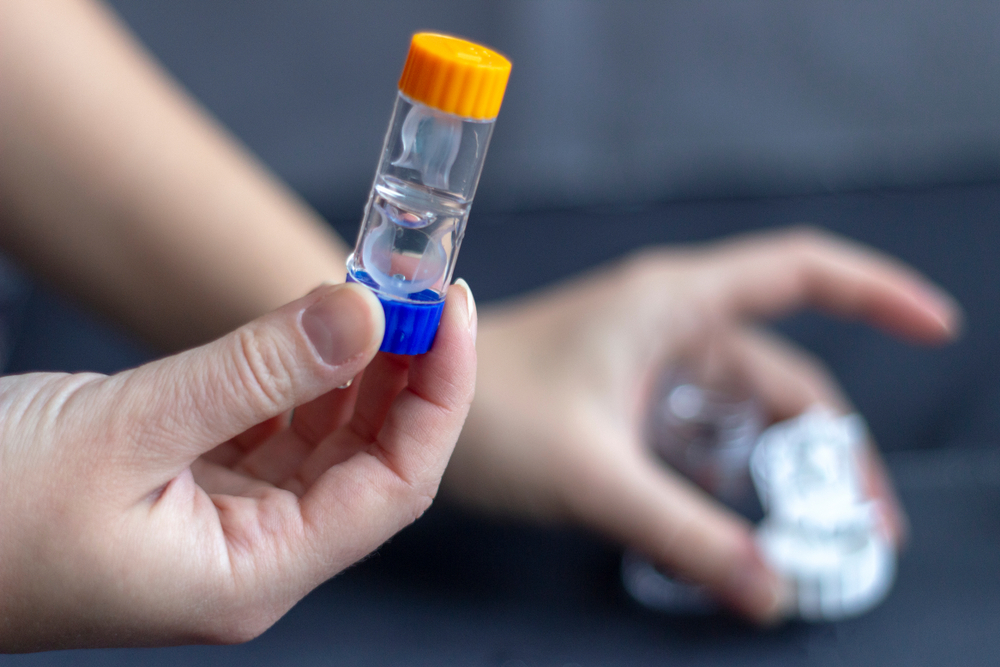Advanced Eyecare Consultants Blog
Learn more about optometry care in our blog!

If your child has been diagnosed with nearsightedness (myopia), you may think that simply wearing glasses is all that’s needed to correct their vision. However, traditional glasses and myopia management are not the same thing. Understanding the difference can help you make the best decision for your child’s long-term eye health.

Myopia, commonly known as nearsightedness, is becoming increasingly common in children - and it often progresses quickly during the school-age years. Early detection is key, as myopia doesn’t just affect how clearly your child sees today; it can impact their long-term eye health as they grow.

Low vision refers to a significant visual impairment that cannot be fully corrected with glasses, contact lenses, medication, or surgery. It can make everyday activities like reading, driving, or recognizing faces difficult. Understanding who is at risk for developing low vision is essential for early detection and prevention.

When it comes to children’s vision, parents often ask whether scleral lenses are an option. Traditionally used to treat complex eye conditions in adults, scleral lenses are now being fitted for children in certain cases. If your child has vision issues that aren’t fully corrected with standard glasses or contacts, scleral lenses may be worth considering.

Macular degeneration, also known as age-related macular degeneration (AMD), is one of the leading causes of vision loss in adults over the age of 50. What makes this condition particularly concerning is that it often develops silently in its early stages. Many people may not realize they have macular degeneration until noticeable vision problems occur - by which time the condition may already be advanced.

Orthokeratology, or Ortho-K, has become a popular non-surgical solution for managing nearsightedness (myopia). By wearing specially designed contact lenses overnight, patients can experience clear vision throughout the day without the need for glasses or daytime contacts. Here’s what you need to know about how Ortho-K works differently for kids compared to adults.

Glaucoma is one of the leading causes of irreversible vision loss, affecting millions of people worldwide. Often called the “silent thief of sight,” this eye condition can gradually damage the optic nerve without noticeable symptoms in its early stages. Understanding how to manage glaucoma and protect your vision daily is essential for maintaining long-term eye health.

Dry eye is a common condition that occurs when your eyes do not produce enough tears or when the tears evaporate too quickly. This can lead to a range of uncomfortable symptoms, including burning, stinging, redness, blurred vision, and a gritty sensation. Many people turn to artificial tears or lubricating drops for relief, but how long does it actually take for dry eyes to improve with this treatment?

In today’s modern world, it’s nearly impossible to avoid screens. Whether you’re working on a computer, scrolling on your phone, or watching TV, prolonged screen exposure has become part of everyday life. However, this constant screen time can lead to an increasingly common condition known as Computer Vision Syndrome or digital eye strain. Let’s explore what Computer Vision Syndrome is, how digital screens impact eye health, and what can be done to relieve symptoms and protect your vision.

Low vision affects thousands of people in Illinois and beyond, often due to conditions like macular degeneration, glaucoma, or diabetic eye disease. While it can’t always be fully corrected with standard glasses or contacts, the right tools, techniques, and support can help you regain confidence and continue doing what you love. At Advanced Eyecare Consultants, we’re here to guide you through the challenges of low vision and help you make the most of the sight you have.

Regular visits to your eye doctor are essential in preserving your vision and good eye health. Today, many eye care centers are offering Optos high-resolution retinal exams. This test generates digital images of the eye or Optomaps. These pictures will help your eye specialist see problems more easily.

Glaucoma pertains to a group of diseases that harm the optic nerve of the eyes. When not treated, it can result in vision loss and blindness.

Whether you got glasses for the first time or were given a stronger prescription, you may have to undergo a short adjustment period before you feel comfortable wearing them. During this time, you may see objects that appear warped, bent, wavy, or out of focus.

Photophobia is a medical condition in which the eyes cannot tolerate light. In mild cases, entering a brightly-lit room or going outside can make you squint.

Ophthalmoscopy, also known as a retinal exam, is one of the most important eye exams. In this procedure, the eye doctor may apply eye drops to dilate your pupil before checking the retina or the back part of your eyes using a retinal imaging device.

An eye exam can help determine if your child has a strong case of astigmatism, nearsightedness, farsightedness, or a type of refractive error. From there, the eye doctor prescribes eyeglasses so children can have a clear vision as they grow up








